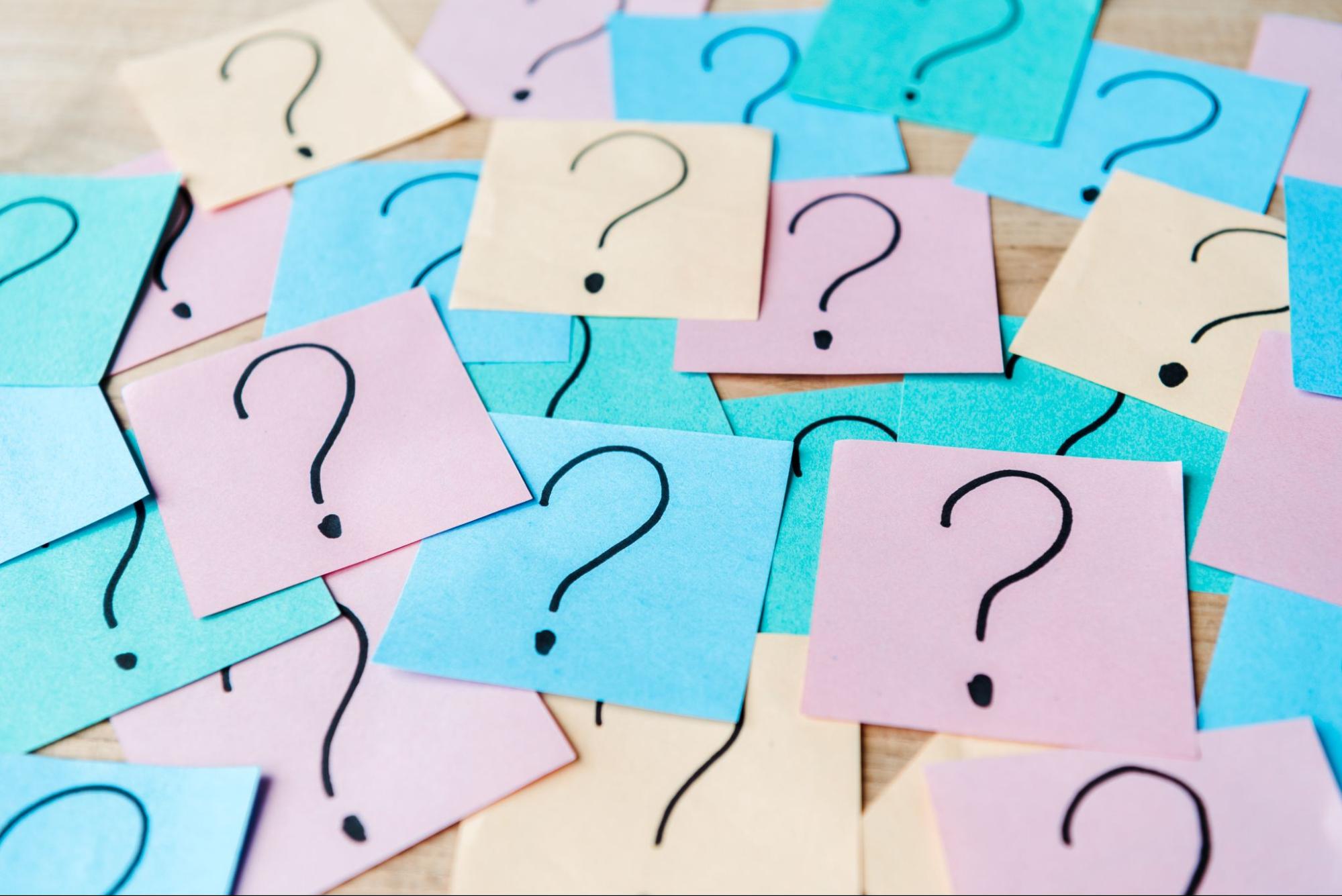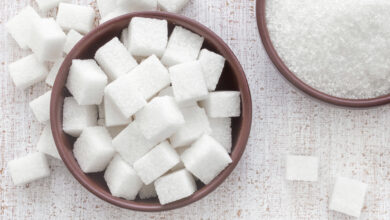How Does Dopamine Influence Addictive Behaviors?

Dopamine, a neurotransmitter often dubbed the “feel-good” chemical, plays a central role in shaping human behavior particularly in the context of addiction. From substance abuse to compulsive social media scrolling, dopamine-driven reward systems underpin our most persistent habits. This article explores the science behind dopamine’s influence, its connection to addictive behaviors, and the implications for treatment and prevention.
The Neuroscience of Dopamine: Beyond Pleasure
Dopamine is commonly associated with pleasure, but its role extends far deeper. It governs motivation, learning, and decision-making, acting as a chemical messenger that reinforces behaviors critical to survival.
Dopamine Pathways and Reward Processing
The brain’s mesolimbic pathway often called the “reward system” is central to addiction. When we experience something rewarding (e.g., food, social connection, or a drug), dopamine neurons in the ventral tegmental area (VTA) release dopamine into the nucleus accumbens. This signal motivates repetition of the behavior, creating a feedback loop.
Key Pathways Involved in Addiction:
- Mesolimbic Pathway: Drives reward-seeking behavior.
- Mesocortical Pathway: Links dopamine to decision-making and impulse control.
- Nigrostriatal Pathway: Associated with habit formation and motor control.
The Role of Dopamine in Learning and Habit Formation
Dopamine doesn’t just mediate pleasure it encodes prediction error . When outcomes exceed expectations (e.g., a bigger reward than anticipated), dopamine surges, reinforcing the behavior. Over time, this process shifts activity from the prefrontal cortex (rational decision-making) to the dorsal striatum (habitual actions), making behaviors automatic.
From Pleasure to Compulsion: The Addictive Spiral
Addiction arises when dopamine-driven reward systems become hijacked. Initially, substances or behaviors (e.g., gambling, social media) hyper-stimulate dopamine release, creating intense pleasure. However, repeated exposure alters brain chemistry, leading to tolerance, dependence, and compulsive behavior.
Tolerance and Diminished Sensitivity
Chronic drug use or compulsive behaviors flood the brain with dopamine, desensitizing receptors. This leads to tolerance needing more of the stimulus to achieve the same effect. Simultaneously, dopamine receptors in the prefrontal cortex (responsible for self-control) become less active, weakening impulse control.
Withdrawal and Negative Reinforcement
When dopamine levels drop during withdrawal, individuals experience anhedonia (inability to feel pleasure) and anxiety. This negative state drives compulsive seeking to alleviate discomfort, creating a cycle of dependency.
Comorbidity with Mental Health Disorders
Dopamine dysregulation is linked to depression, anxiety, and ADHD, which often co-occur with addiction. For example, low baseline dopamine levels may predispose individuals to seek stimulation through addictive behaviors.
Dopamine and Specific Addictive Behaviors
While substance abuse (e.g., opioids, cocaine) is often studied, dopamine also drives behavioral addictions.
Substance Abuse
- Drugs: Opioids, nicotine, and alcohol directly increase dopamine release or block its reuptake. For example, cocaine inhibits dopamine transporters, prolonging its effects.
- Alcohol: Chronic use disrupts dopamine homeostasis, leading to dependence.
Behavioral Addictions
- Gambling: Near-misses and unpredictable rewards trigger dopamine spikes comparable to cocaine use.
- Social Media: Likes and notifications activate the same reward pathways as drugs, with algorithms exploiting this via endless scrolling .
- Shopping: Flash sales and exclusive deals create urgency, driving dopamine-fueled impulse purchases.
Myths vs. Facts About Dopamine and Addiction
Misconceptions about dopamine’s role persist, complicating public understanding of addiction.
Myth 1: Dopamine is solely about pleasure.
Fact: Dopamine primarily signals reward prediction error it motivates action rather than directly causing pleasure.
Myth 2: Addiction is a choice.
Fact: Chronic dopamine dysregulation impairs decision-making and self-control, making addiction a brain disorder, not a moral failing.
Myth 3: Only substances cause addiction.
Fact: Behaviors like gaming, eating, and shopping can also become addictive via dopamine pathways.
The Science of Craving: Dopamine and Decision-Making
Craving the intense desire for a substance or behavior is a hallmark of addiction. Dopamine shapes this process through:
- Incentive Salience: Dopamine transforms neutral cues (e.g., a liquor bottle) into triggers that dominate attention.
- Impulsivity: Low dopamine levels in the prefrontal cortex reduce the ability to delay gratification .
- Habitual Behavior: Over time, dopamine reinforces automatic responses (e.g., reaching for a phone when bored).
A 2024 study found that dopamine fluctuations correlate with how individuals weigh current vs. future rewards, explaining why addicts prioritize immediate gratification.
Treating Dopamine-Driven Addictions: Strategies and Challenges
Effective treatment requires addressing both dopamine dysregulation and behavioral patterns.
Pharmacological Interventions
- Dopamine Agonists: Medications like methadone (for opioid addiction) stabilize dopamine levels.
- Antagonists: Naltrexone blocks opioid receptors, reducing cravings.
- Serotonin-Dopamine Modulators: New research explores drugs targeting both systems to address comorbid depression.
Behavioral Therapies
- Cognitive Behavioral Therapy (CBT): Helps patients identify triggers and reframe dopamine-driven impulses.
- Contingency Management: Uses rewards (e.g., vouchers) to incentivize sobriety, leveraging dopamine pathways positively.
Lifestyle Modifications
- Exercise: Increases natural dopamine production, reducing reliance on external stimuli.
- Mindfulness: Enhances prefrontal cortex control over cravings.
The Future of Addiction Research: Dopamine and Beyond
Emerging studies focus on personalized treatments and neuroplasticity.
Genetic and Epigenetic Factors
Variations in dopamine receptor genes (e.g., DRD2) increase addiction risk. Epigenetic research explores how environment and trauma alter dopamine signaling.
Neurotechnology
- Deep Brain Stimulation (DBS): Targets dopamine pathways to reduce cravings.
- Transcranial Magnetic Stimulation (TMS): Enhances prefrontal cortex activity to improve self-control.
Digital Interventions
AI-driven apps now monitor behavior patterns and deliver real-time interventions (e.g., blocking gambling sites during high-risk times).
Conclusion: Dopamine as a Double-Edged Sword
Dopamine is neither inherently good nor bad it is a survival mechanism gone awry in addiction. Understanding its role empowers individuals to recognize vulnerabilities and seek help. As neuroscientist Dr. Nora Volkow notes, “Addiction is about learning to navigate a world where dopamine is both a compass and a trap.” By balancing dopamine’s motivational power with conscious choices, recovery becomes possible.


